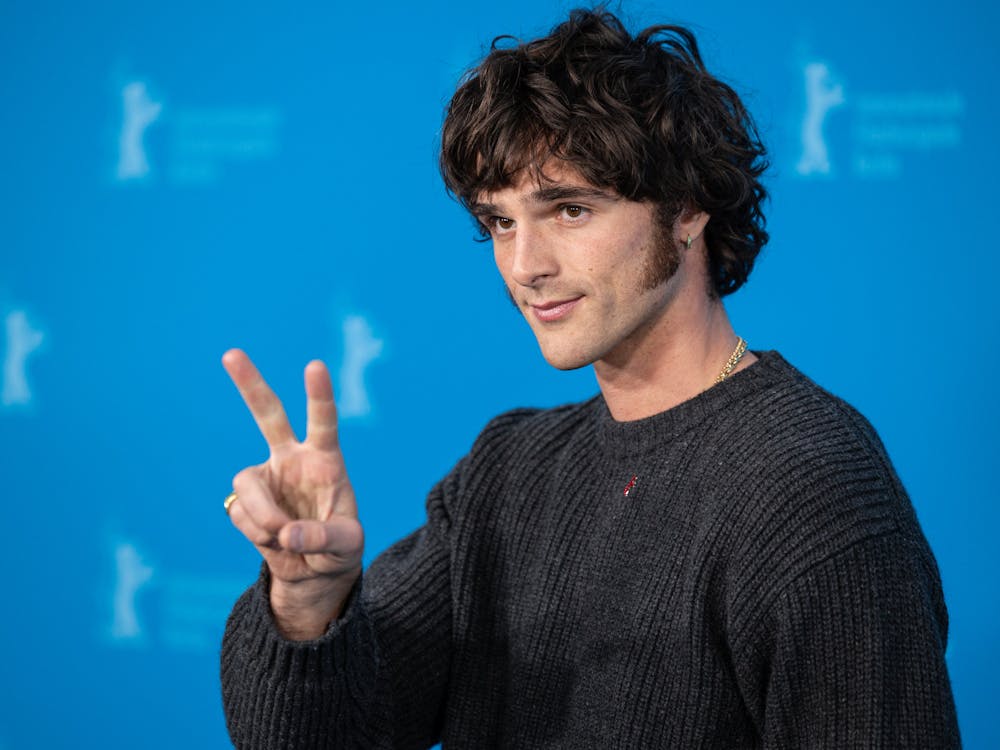The Eubie Blake Cultural Center opened a new exhibition titled A Photography Exhibit by Three Generations of The Phillips Family on Thursday Feb. 11. The exhibit will run for only a few weeks, ending on March 31.
Located in Mount Vernon near the Hopkins’ Peabody Campus, the Eubie Blake Cultural Center has a mission that is two-fold. Their goals are to both bring creative expression and urban consciousness to Baltimore through visual and performing arts education and to support development opportunities for children, youth and adults in the community.
Initially started by several grassroots organizations in an effort to bring greater arts programing to different Baltimore neighborhoods, the Eubie Blake Cultural Center established itself concretely through the generous donation of the Blake family collection to the Maryland Historical Society.
Though this collection was initially housed in downtown Baltimore in the area where Power Plant Live! now stands, the museum has now been moved to a historical property in Mount Vernon.
Despite its growth and acquisition of new collections, the center still provides arts programing, activities and events for both children and adults.
Their newest exhibit, A Photography Exhibit by Three Generations of The Phillips Family, was funded in part by the Maryland Humanities Council.
This exhibition consists of photographs from I.H. Webster Phillips III’s personal family archives, which include some photos that he himself took, along with those taken by his grandfather and his father while they worked as photographers at The Afro American and The Baltimore Sun. As a result, these photos are representative of the eras in which these men lived and worked, spanning the 1940s to the present day.
Phillips III curated this exhibit and was a featured artist. Though he worked briefly at The Baltimore Press in the late ‘90s and early 2000s, Phillips III’s photographs were mostly from his personal collection and not intended for news publication.
“I wanted to show a little bit of everything — I wanted to show everyday life; I wanted to show street scenes and how the community looked,” he said.
Many of these photos have been previously featured throughout the city at venues like City Hall and the Creative Alliance through the Home Artists Residency, which was started by artist Michael Owen.
However, the aim of this particular exhibit is not only to display the photos but to create workshops aimed at identifying the people in them. In the future, Phillips III hopes to create a website where these photos will be available for educational purposes.
“I want kids growing up in Baltimore [to] be able to learn a little more about their history,” he said. “I want to try and use this show to get out there that we’re trying to find ways of identifying these photos and doing research on them and make that history when we launch the website.”
The Eubie Blake Cultural Center will host an event later this week in which community members will be able to come in and help identify the images in the collection. At the same time, Phillips III expressed the importance of this exhibit for all attendees, not just longtime members of the Baltimore community.
“Go out and see the exhibit, and take a look at the city that you’re in,” he said.
In addition to his comments on the nature of the photographs and who he hopes will see them, Phillips III also described how the collection aims to showcase the diverse history of Baltimore.
“Come and take a look at the city and where it’s been in comparison to where it is now and where it’s headed,” he said.
Students can even get involved in the identification research surrounding these photographs by contacting Phillips through the Eubie Blake Cultural Center.
Researchers will go through the various archives found in the city and attempt to piece together who was residing or working at the different locations photographed at the time. Through diverse resources, both online and at the Enoch Pratt Library, addresses and phone numbers have been found that are connected to these historical photographs.
As a school teacher in an urban neighborhood, Phillips III understands the importance of providing these types of resources to communities so that their histories can be uncovered.
“While teaching, you see that the kids don’t have these resources available to them, and it’s really important for kids, and people, to know their histories, especially with the circumstances of African Americans in America now and how our history was taken from us when we got here. The everyday life and history of our communities is very important for the knowledge of self.”
The collection — and the research behind it — truly aims to bring this history forward and make it more universally accessible. It ultimately connects to the center’s goals of supporting the development of children and adults within the Baltimore community.




